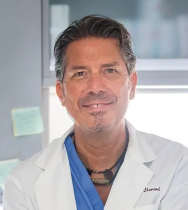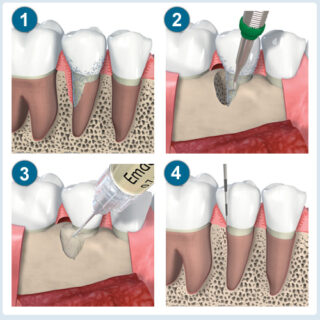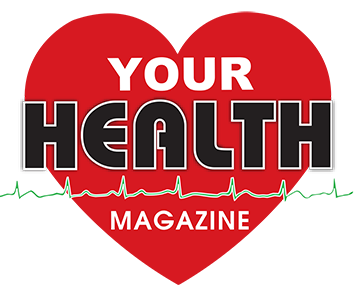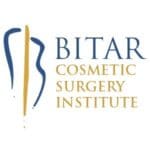
More Dental Health Articles
Dental Tissue Regeneration for Hard and Soft Tissues

If you have experienced bone loss or gum recession due to periodontal disease, your dentist may recommend a procedure called guided tissue regeneration (GTR). Guided tissue regeneration is a process that helps regenerate lost gum tissue and bone, and it is commonly used to stabilize loose teeth or prepare for dental implants.
The goal of guided tissue regeneration is to eliminate unwanted pockets that form as a result of missing bone and gum tissue. These pockets can harbor bacteria and further contribute to the progression of periodontal disease. By regenerating the missing tissue, we can reduce the pocket size, promote tissue and bone regrowth, and prevent the gathering of bacteria.
The procedure begins with a thorough cleaning to remove any lingering bacteria. Then, a barrier or membrane is placed over the area of missing bone, along with a bone graft. This barrier acts as a separation between the bone and the surrounding tissues, creating a space for the new bone to grow and develop. The bone graft provides a scaffold for the regeneration process.
Over time, the barrier and bone graft encourage the natural regeneration of tissue and bone growth. As the new bone forms, it helps stabilize loose teeth and provides a solid foundation for dental implants if needed. The regeneration process not only improves the health of your mouth but also contributes to your overall well-being.
To maintain the results of guided tissue regeneration and promote a healthy mouth, it is essential to continue practicing good oral hygiene. This includes brushing your teeth at least twice a day, flossing daily, and visiting your dentist regularly for professional cleanings and check-ups. Additionally, it is crucial to follow any specific post-procedure instructions provided by your dentist to ensure proper healing.
Remember, guided tissue regeneration is a valuable procedure that helps restore lost gum tissue and bone. It not only improves the aesthetics of your smile but also enhances the function of your teeth. By working closely with your dentist and maintaining good oral hygiene, you can support the success of the regeneration process and enjoy a healthy mouth and body.
If you have any further questions or concerns about guided tissue regeneration, don’t hesitate to reach out to your dentist. They will provide you with personalized guidance and ensure you have a comprehensive understanding of the procedure and its benefits.
Other Articles You May Find of Interest...
- Appliances Are In Now: How To Manage TMJ Disorder
- Why The Tooth Fairy Is Very Fun – and Important!
- Let’s Smile Dental’s 7&Up Club
- Strengthening Smiles: Understanding the Importance of Splinting Periodontally Involved Teeth
- Understanding Soft Tissue Grafting: A Key To Periodontal Health
- New Solutions for Dentures and Dental Implants
- How New Tech In the Dental Office Benefits You

















